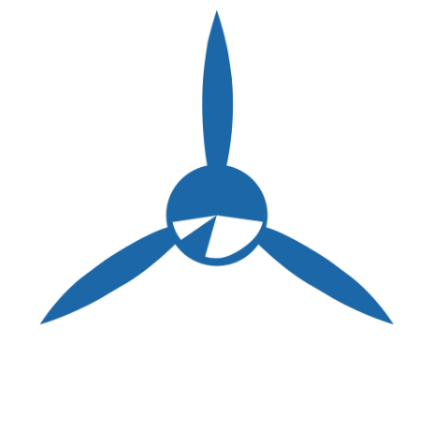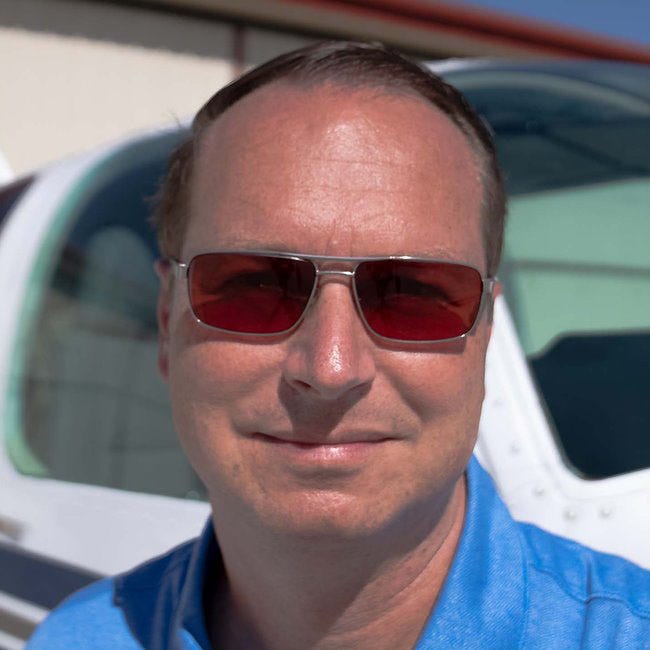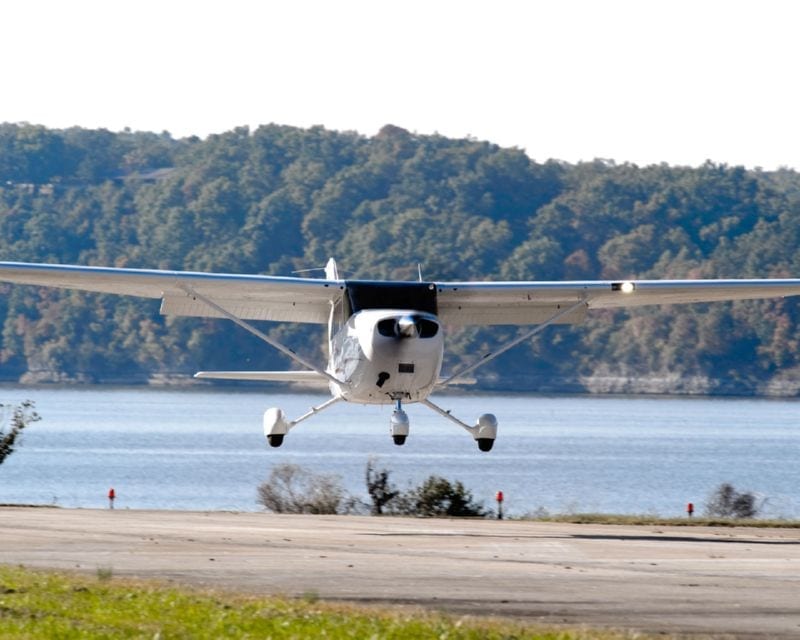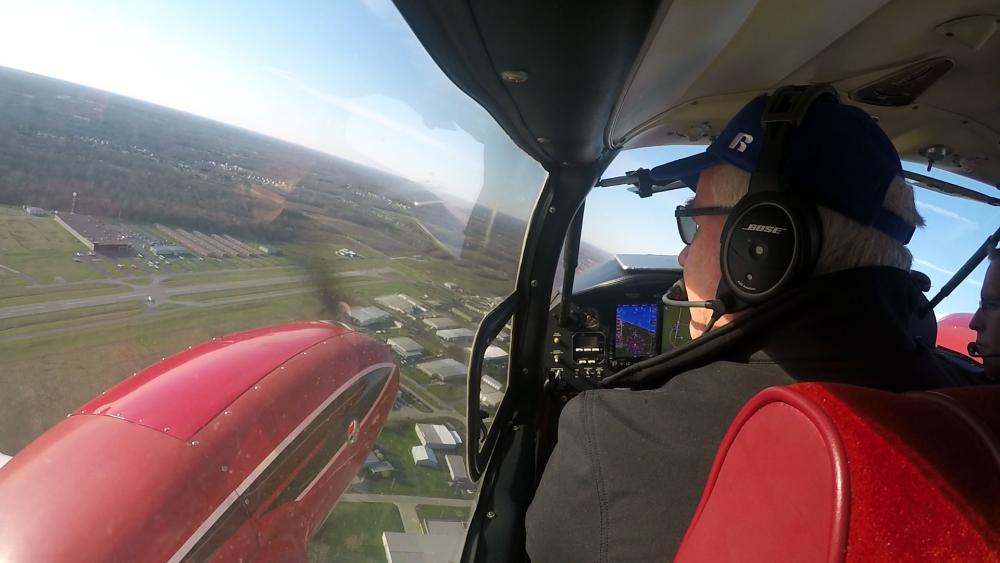 Your instructor is trying to convey the importance of flying the airplane in a coordinated conditioned as indicated on the inclinometer (ball). During takeoff, and in other phases of flight, an airplane tends to yaw to the left due to several aerodynamic factors. Pilots counter these forces, known as "left-turning tendencies," by applying right rudder, hence your instructor saying, “more right rudder.”
Your instructor is trying to convey the importance of flying the airplane in a coordinated conditioned as indicated on the inclinometer (ball). During takeoff, and in other phases of flight, an airplane tends to yaw to the left due to several aerodynamic factors. Pilots counter these forces, known as "left-turning tendencies," by applying right rudder, hence your instructor saying, “more right rudder.”
Viewed from the pilot's seat, the crankshaft and propeller on American-made engines turn clockwise. Engine torque or torque effect (the tendency of the airplane to turn opposite the propeller rotation), spiraling slipstream, gyroscopic precession, and asymmetrical propeller loading make the airplane want to turn left.
The spiraling slipstream, or corkscrew effect, is caused by high propeller speed and is most pronounced at low forward speeds. The propeller rotation causes the slipstream to rotate clockwise around the fuselage striking the vertical stabilizer on the left side making the nose yaw to the left.
Also, the propeller acts like a gyroscope in that a force applied to the propeller becomes apparent ninety degrees from the point where it was applied. Gyroscopic precession can cause yawing and pitching or a combination of both.
P-factor, asymmetric propeller loading, occurs when you fly the airplane at a high angle of attack. The descending propeller blade which, viewed from the pilot’s seat, is on the right side, has a higher angle of attack and therefore much higher thrust than the ascending blade on the left. The result is a tendency for the airplane to yaw to left around its vertical axis.
Modern airplanes are designed to correct for the left turning tendency at cruise speed and power. At high speed and low power, such as in a descent, you may have to correct with left rudder to prevent yawing to the right.
The key is to use whatever control pressures are needed to keep or put the airplane in the desired attitude and coordinated. As you gain experience, you’ll become accustom to the amount or rudder pressure needed which can change from aircraft to aircraft.





